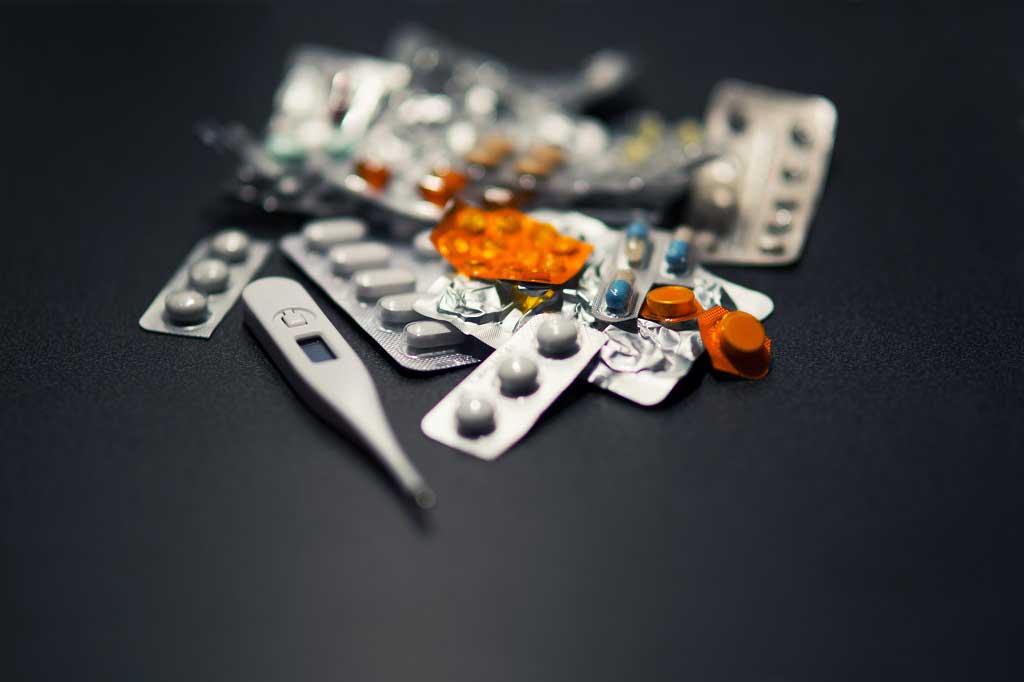The genetics of gender explored
Genetics and stem cells
“Scientists have identified the gene that keeps females female,” according to The Times. The newspaper says new research has found that the action of a single gene may be all that stops...
“Scientists have identified the gene that keeps females female,” according to The Times. The newspaper says new research has found that the action of a single gene may be all that stops females from developing male physical traits, including testes and facial hair.
This news was based on a mouse study that looked at the effect of switching off a gene that is involved in the development of ovaries in embryos. They found that by switching off this gene during adulthood, the cells in the ovaries of these mice developed characteristics more like testicular cells. This research furthers our understanding of how genes control the attributes of male and female reproductive cells in mice.
News reports have suggested that the research could eventually revolutionise gender reassignment therapy and improve treatments for babies who are born with a mixed gender. However, it is too early to say whether this experimental animal research will have direct applications to people with developmental abnormalities of the reproductive organs, or people wanting to undergo gender reassignment.
Where did the story come from?
The research was carried out by Dr Henriette Uhlenhaut and colleagues at the European Molecular Biology Laboratory in Germany and other research centres in Germany, the UK and the US. The study was funded by the German Research Foundation, the Medical Research Council in the UK and the Louis-Jeantet Foundation. It was published in the peer-reviewed journal, Cell.
The press generally presented the scientific content well. They focused on the implications for gender disorders in children and gender reassignment therapies, although they did state that this was a long way off. The genetics underlying gender development are complex and involve many more genes than the two given focus in this study. Although mice and humans share some of these genes, this research is too preliminary to be directly applicable to treatments for human gender conditions.
What kind of research was this?
This was an animal study that used genetically engineered mice, and looked at the genes that control whether a cell is an ovary cell or a testicular cell.
It is known that in embryos there are precursor cells that can develop into either ovary cells or testicular cells. In female embryos, the Foxl2 gene is active, causing the cells to develop into ovaries. In male embryos, the Sox9 gene is active, causing the cells to develop into testicular cells. The proteins produced by the Foxl2 and Sry genes can in turn switch on the action of other genes. It had been assumed that once these precursor cells had developed into either type then they could not change back, but the current research addressed whether this was actually the case.
What did the research involve?
The researchers created a strain of genetically engineered female mice in which the action of the Foxl2 gene could be switched off using injections of the chemical tamoxifen. This allowed the researchers to switch the gene off when the mice had reached eight weeks old, an age at which they are adults with developed reproductive systems capable of having offspring.
The researchers looked at the appearance of the ovary cells three weeks later and for changes in which genes were active. The researchers compared the genetically engineered mice to both non-genetically engineered male mice and non-genetically engineered female mice that were exposed to tamoxifen.
What were the basic results?
The researchers found that three weeks after the Foxl2 gene had been switched off, the ovary cells of the genetically engineered mice looked more like testicular cells. They also found that genes that are normally active in testicular cells had become active in the ovary cells. For example, they found that switching off Foxl2 allowed the activation of the Sox9 gene, which is involved in testicular development.
The researchers found that the cells that had changed from ovary cells to look more like testicular cells also contained the same amount of testosterone as the testicular cells from males.
How did the researchers interpret the results?
The researchers concluded that their research demonstrated that the loss of Foxl2 in mature ovary cells causes the cells to develop the characteristics of testicular cells. They say that this is one of the few documented examples of a cell type that is determined in the embryo that can change in an adult organism. They also conclude that in order to maintain the normal ovary cells throughout adulthood there must be active repression of the Sox9 gene. If this gene is not repressed then the ovary cells will develop testicular characteristics.
Conclusion
Whether a certain type of precursor cell develops into an ovary cell or a testicular cell is determined in the womb. This study shows that in order to maintain these ovarian cell characteristics, genes that cause testicular cell development need to continue to be suppressed.
The authors highlight that although mice and humans both have Foxl2 and Sox9, as well as other genes involved in sex organ determination, how they interact seems very variable and is far from being fully understood. In addition to these genes, hormones also play a role in determining which genes are active, and this also varies between animal species.
This research furthers our understanding of how genes control the attributes of male and female reproductive cells. However, it is too early to say whether this research will have direct applications to people with developmental ovarian or testicular abnormalities or people wanting to undergo gender reassignment. It will, however, undoubtedly be followed by further research into these intriguing biological properties.






 Subscribe
Subscribe Ask the doctor
Ask the doctor Rate this article
Rate this article Find products
Find products







